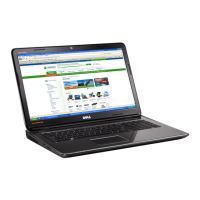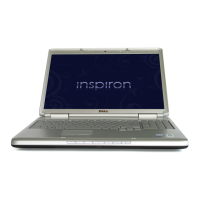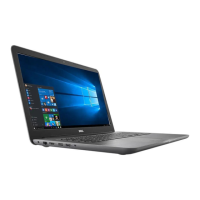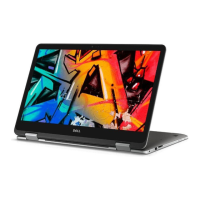Back to Contents Page
IEEE 1394
The IEEE 1394 interface is a serial bus interface standard and enables simple, low-cost, high-bandwidth isochronous (real-time) data interaction between
computers, peripherals, and consumer electronics products such as camcorders, VCRs, printers, TVs, and digital cameras. With IEEE 1394-compatible
products and systems, you can transfer video or still images without losing quality.
Key Features
Digital — Provides better signal quality as it does not require digital-analog-digital conversion.
Connectivity — Uses a thin serial cable that, through the use of repeaters, can be extended to 100 meters or more over CAT5, fiber optic, or coaxial
cables.
Easy to use — Eliminates the need for special drivers or perform complicated set-ups.
Hot pluggable — Enables devices to be added and removed while the device and computer are turned on.
Flexible — Allows you to connect devices to each other by daisy-chaining them together, without the need for hubs or switches. Also supports
branching, looping, and other topologies, which reduces cabling complexity. Supports up to 64 devices on a single connection.
Fast — Supports delivery of time-critical data at multiple speeds, currently including 100, 200 400, and 800 Megabits per second over a single
continuous cable or bus. This enables high-quality audio and video applications at low costs.
Related Information
Types of IEEE 1394 Cables
Comparing USB and IEEE 1394
Back to Contents Page

